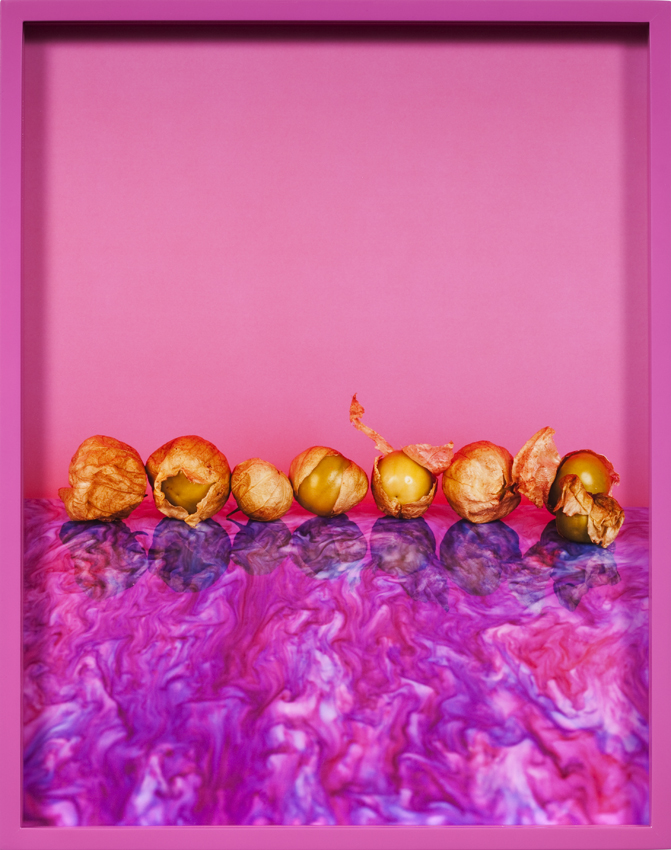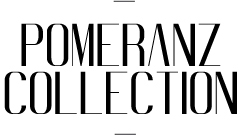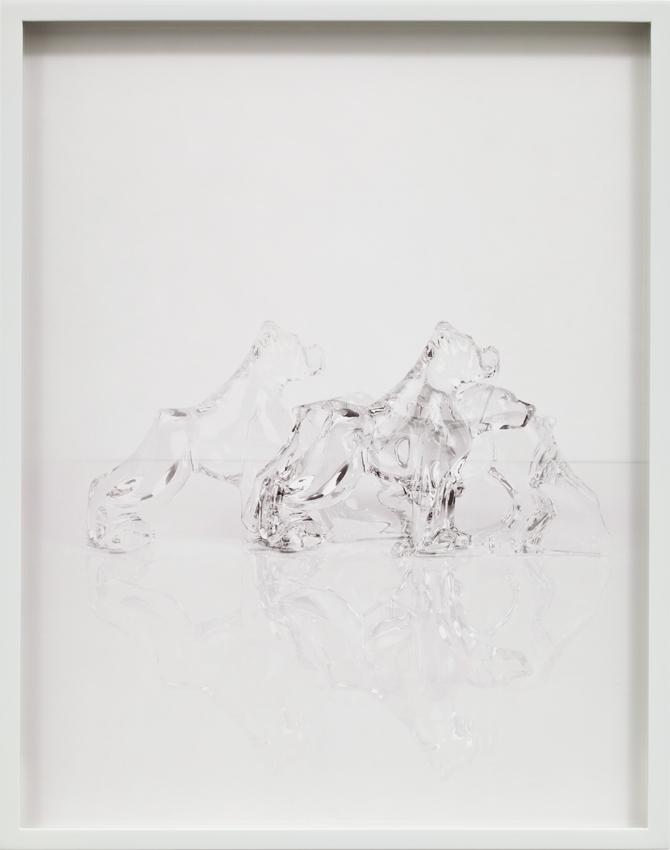ELAD LASSRY



2010
36,8 x 29,2 x 3,8 cm
A.P. 1
Inv. Nr. 130
Photo: Courtesy Elad Lassry Studio, Los Angeles, California, USA
Born in 1977 in Tel-Aviv, Israel
Lives and works in Los Angeles, California, USA
A 2007 graduate from the Los Angeles University of Southern California, Elad Lassry investigates the nature of perception and the construction and status of the picture in contemporary times, through a seductive body of works in photography and film. His pictures are formally influenced by advertising and commercial photography – i.e. a mundane object in front of a background – and always use the reduced scale of a magazine page (approximately 35 x 28 cm). These pictures are different-natured: newly composed photographs shot in the studio, reworked negatives and commissioned images from other photographers or printed photographic material clipped from magazine adverts or educational books. These found images are touched up with paper, foil or metal, which abstract them from their original context by removing their head titles, slogans, or captions, thereby giving them a sense of uniqueness.
In the highly staged images that he himself shoots, Lassry usually photographs fruit and vegetable, cosmetics, fashion and design objects, animal or human models, featured in elaborate but deliberately purposeless compositions, which interrogate photographic aesthetics and conventions. The subjects of the pictures are always treated in their most precise formal details, while the use of monochrome backgrounds from the dominant colour of the photograph itself exclude any narratives and isolate the image. The frames are also painted in the same colour, which adds to the sculptural impact of these objects. Some images are balanced between stillness and movement by resorting to the early photographic strategy of multiple exposures, allowing doubling, ghosted images or a blur. Lassry’s images, devoid of symbolic pregnancy, authorship and intentionality, tend to question the act of seeing itself.


